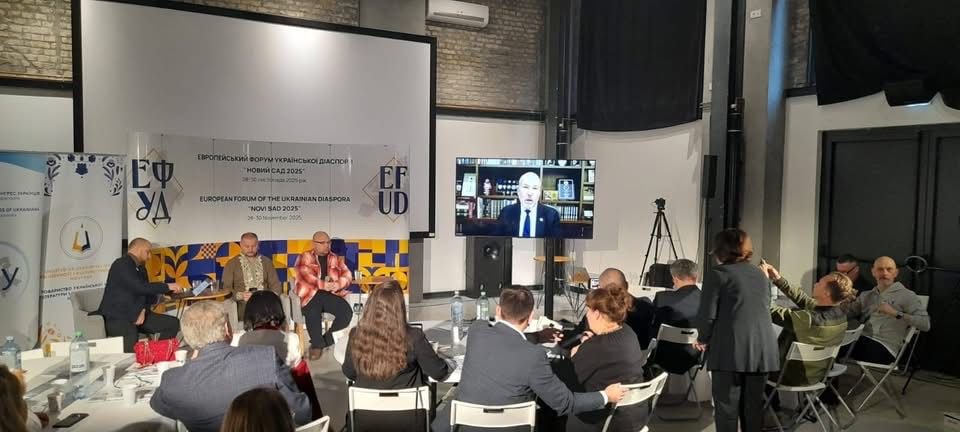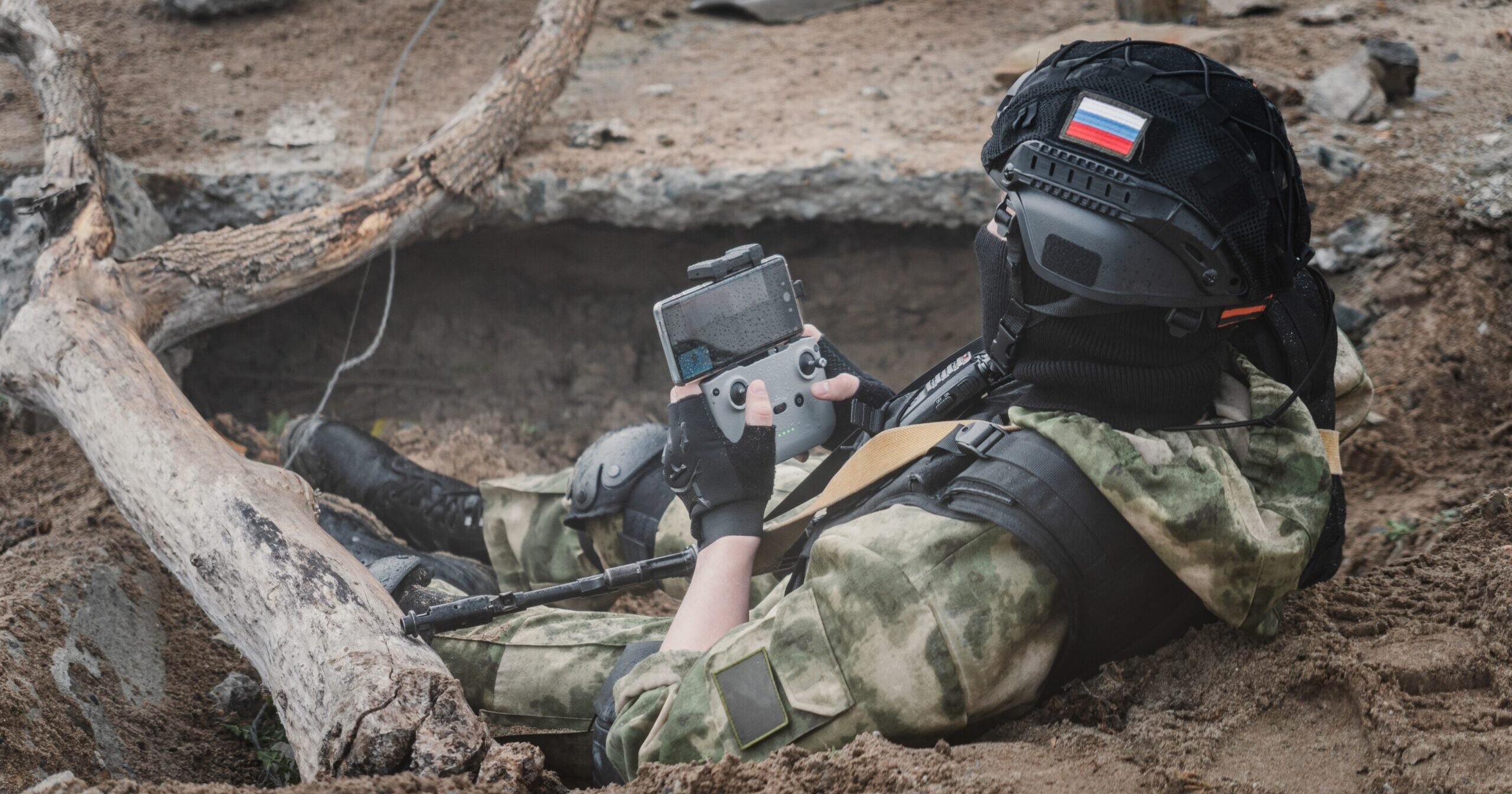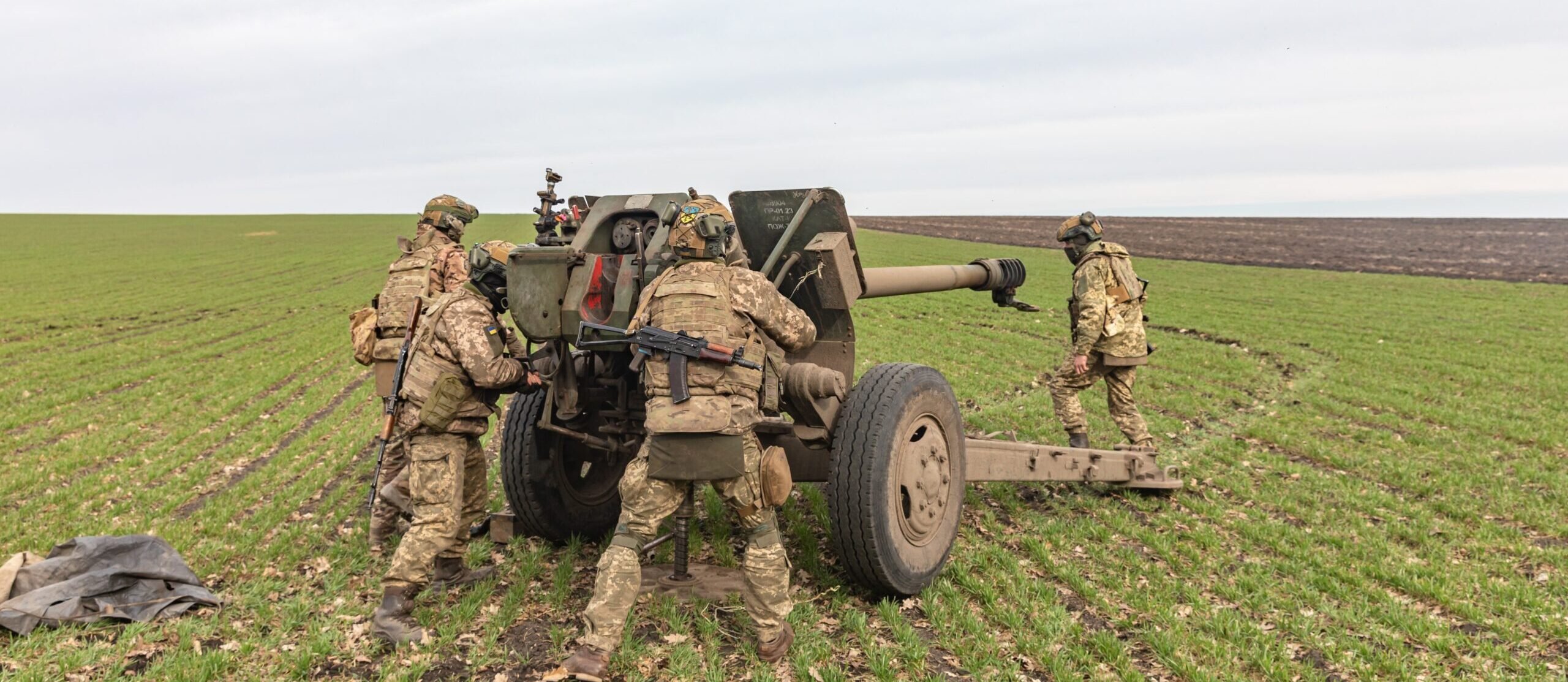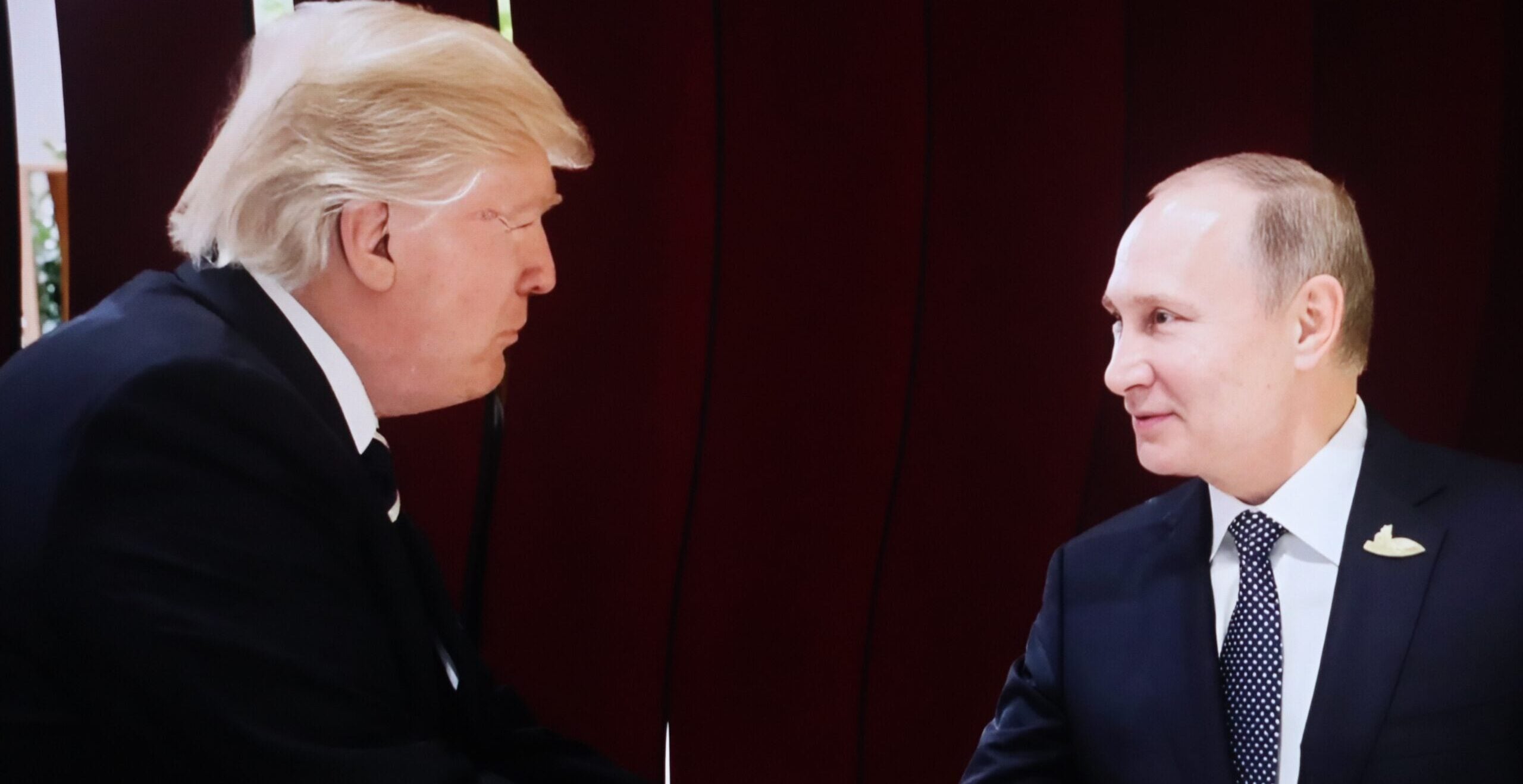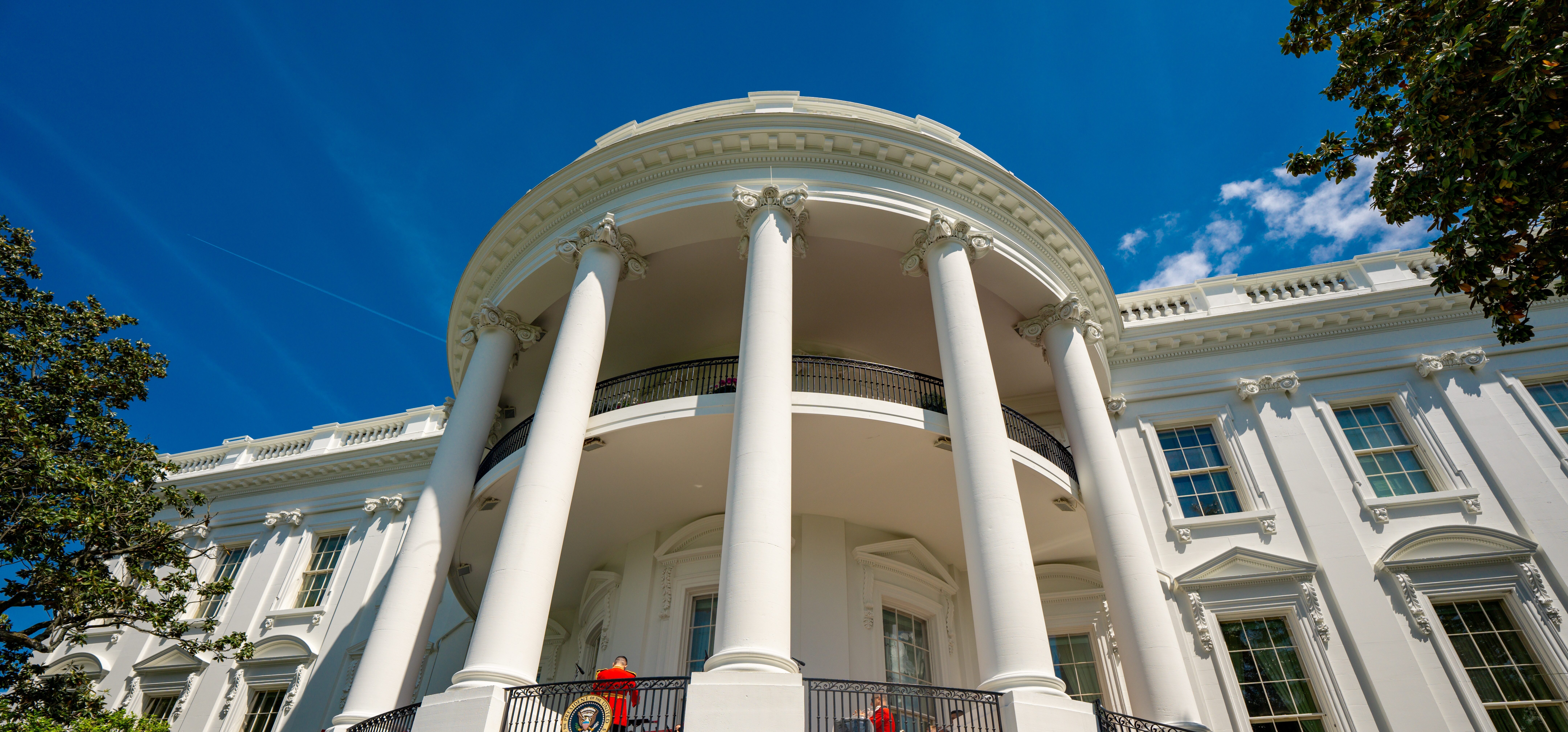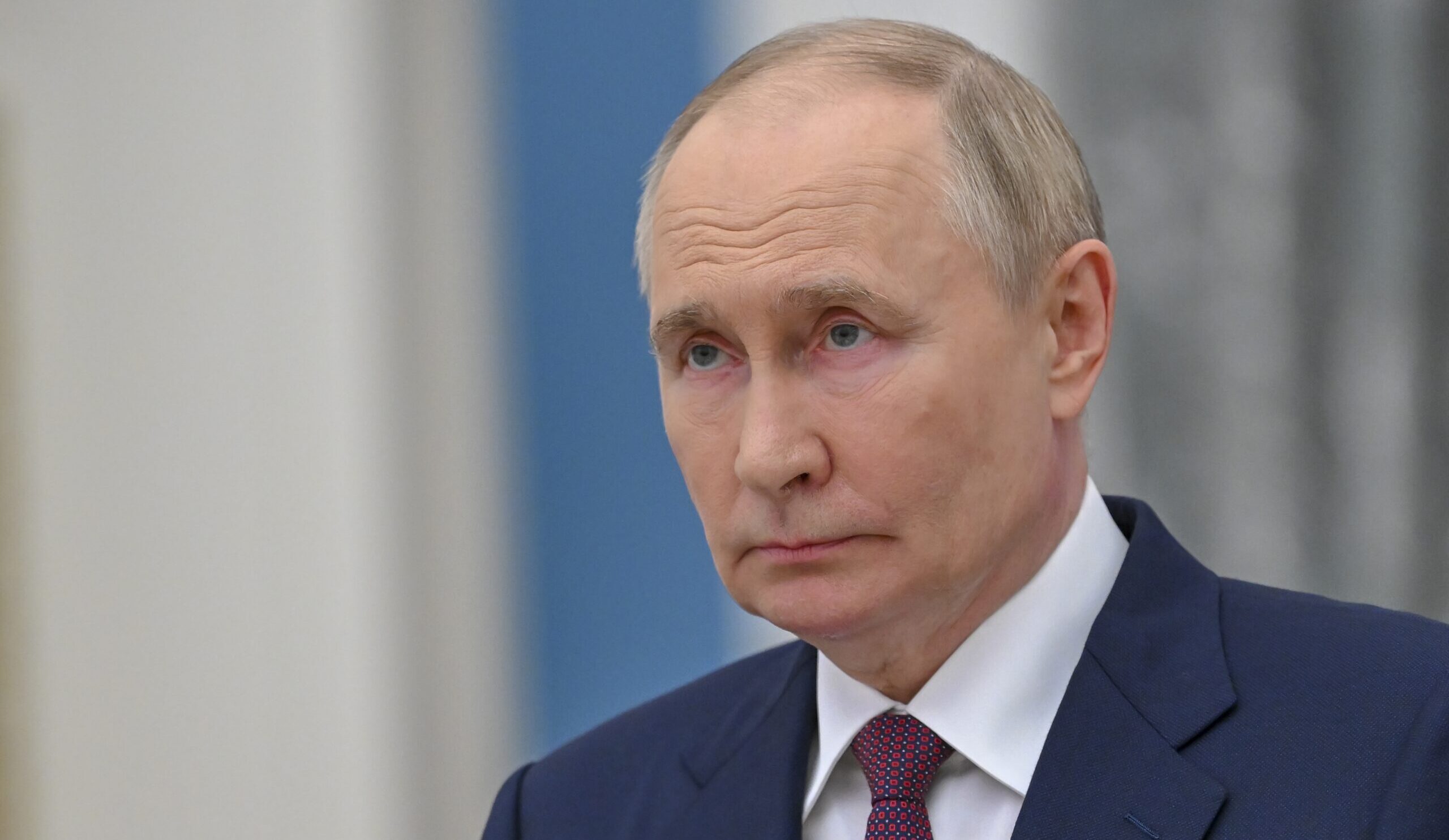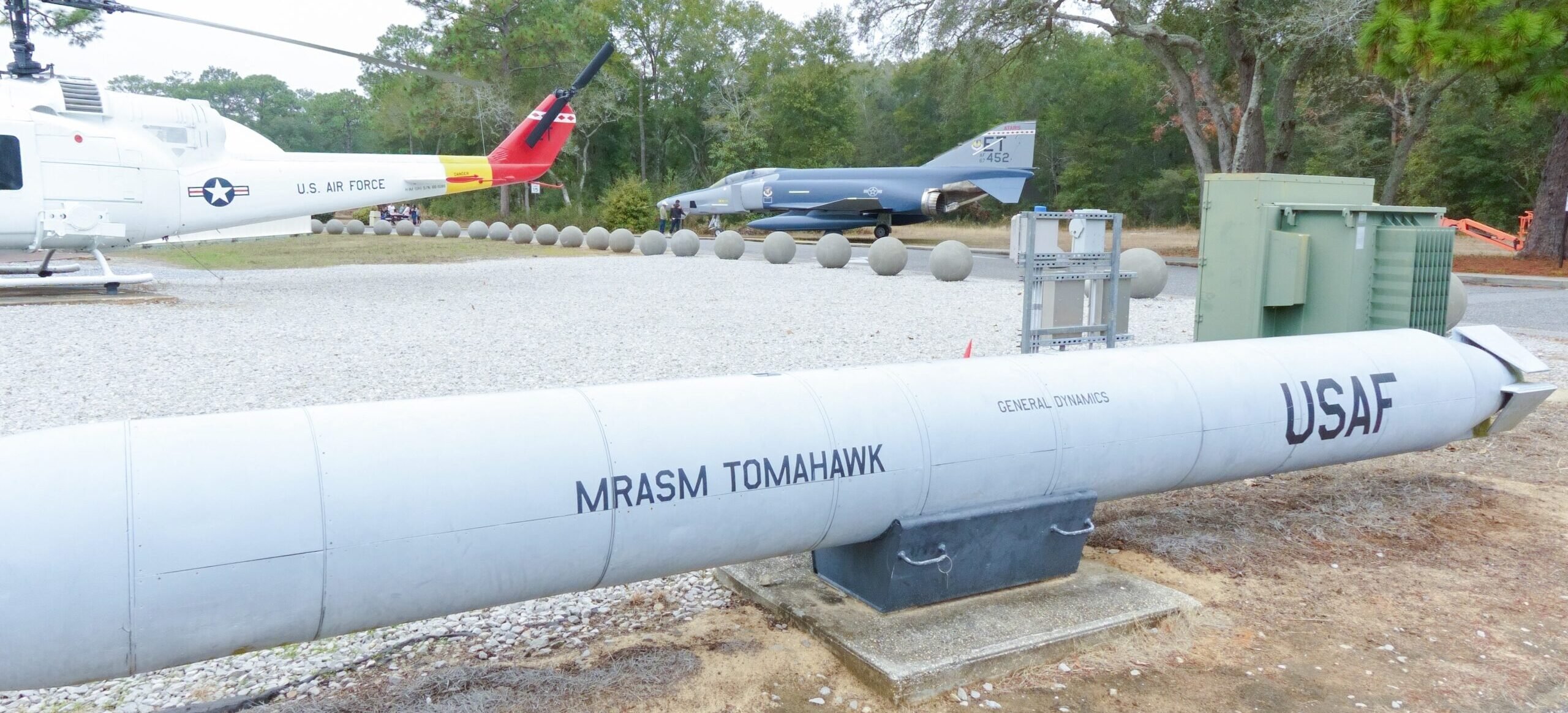

by Peter Dickinson, UK journalist and researcher, editor of Atlantic Council’s UkraineAlert service and publisher of Business Ukraine Magazine and Lviv Today magazine
Source: Atlantic Council
As the United States moves closer to a decision on supplying Ukraine with Tomahawk missiles, the Kremlin is cranking up the rhetoric in a bid to deter US President Donald Trump.
Commenting on Sunday, Russian President Vladimir Putin’s spokesman Dmitry Peskov acknowledged that the issue of Tomahawks was causing “extreme concern” in Moscow and said the war was now entering a “dramatic moment” with tensions escalating on all sides.
Others were even more outspoken. Former Russian President Dmitry Medvedev led the way with a thinly-veiled nuclear threat directed personally at Trump. “It’s been said a hundred times, in a manner understandable even to the star-spangled man, that it’s impossible to distinguish a nuclear Tomahawk missile from a conventional one in flight,” Medvedev noted. “The delivery of these missiles could end badly for everyone. And most of all, for Trump himself.”
Medvedev’s nuclear saber-rattling has been echoed by Belarusian dictator Alyaksandr Lukashenka. Long seen as Putin’s closest international ally and a junior partner in the Kremlin’s Ukraine invasion, Lukashenka warned this week that any decision to provide Kyiv with the US-made long-range missiles could have disastrous ramifications for international security. “Tomahawks will not solve the problem. They will escalate the situation to a nuclear war,” he told colleagues in Minsk.
It is easy to understand why Moscow so adamantly opposes the idea of sending Tomahawks to Ukraine. With a potential range of up to 2500 kilometers, these powerful missiles would make it possible for the Ukrainian army to radical expand their current campaign of long-range strikes against military and industrial targets deep inside Russia.
Kyiv has already been able to significantly damage Putin’s war machine using domestically produced drones and missiles. There is now clearly a growing sense of alarm in Moscow that the additional firepower provided by American Tomahawks could tip the balance further in Ukraine’s favor.
The real question is whether Russia’s latest threats deserve to be taken seriously. After all, Kremlin officials have frequently used similarly apocalyptic language throughout the past three and a half years of full-scale war, but have consistently failed to back their words up with actions. Time and again, Moscow has declared a new red line while warning the West of potential Russian reprisals, only to then do nothing when these red lines are subsequently crossed.
Russia’s attempts to impose red lines on Ukraine’s Western allies are a key part of the intimidation tactics employed by Putin since the start of the war. During his address announcing the full-scale invasion of Ukraine, Putin threatened the West with “such consequences that you have never faced in your history” if they dared to intervene. This rather obvious reference to nuclear war set the tone for the relentless nuclear blackmail that has followed. When it became apparent last year that Putin’s nuclear bluster was losing its potency, he ostentatiously revised Russia’s nuclear doctrine to lower the threshold for nuclear strikes and heighten the fear factor throughout the democratic world.
Russia’s nuclear threats have certainly not been subtle, but they have proved surprisingly effective against risk-averse Western leaders. From the eve of the invasion onward, every single debate over the delivery of new weapons to Ukraine has been dragged out and delayed by overblown fears of possible escalation and craven talk of the need to avoid provoking Putin.
Cover: Shutterstock
